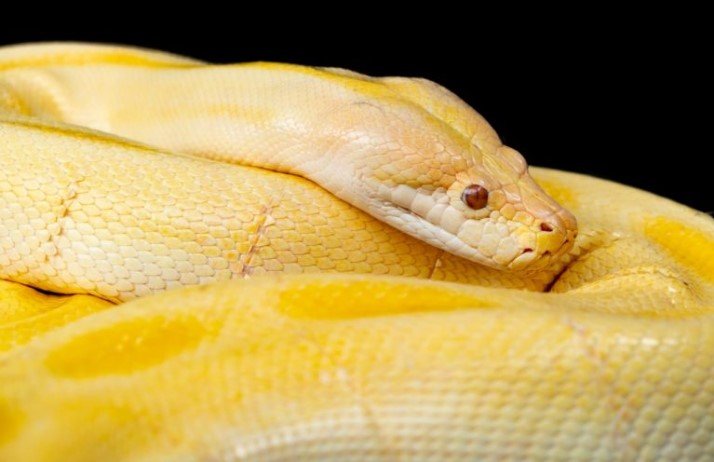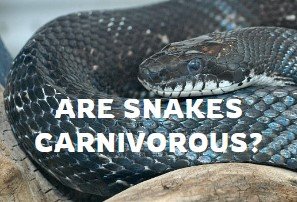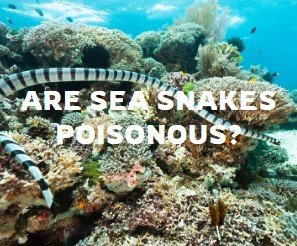The Legless Marvels: Understanding Why Snakes Lack Legs
Introduction:
Snakes, renowned for their slithering and serpentine movements, often prompt the question: Do snakes have legs? This exploration delves into the evolutionary history of snakes, unraveling the reasons behind their limbless anatomy and showcasing the fascinating adaptations that have allowed them to thrive without the need for legs.

1. Evolutionary Transition:
Snakes belong to the order Squamata, which also includes lizards. While their lizard ancestors possessed legs, snakes underwent an evolutionary transition that saw the gradual loss of limbs over millions of years.
2. Vestigial Remnants:
Some snake species exhibit tiny, non-functional remnants of hind limbs, known as pelvic spurs or vestigial legs. These structures serve as evolutionary remnants and vary in size among different snake species.
3. Adaptations for Locomotion:
The absence of legs in snakes is compensated by highly specialized adaptations for movement. Their elongated bodies, comprised of numerous vertebrae, enable a sinuous and efficient mode of locomotion, allowing them to navigate various terrains.
4. Muscular Contraction:
Snakes rely on powerful muscular contractions, particularly those of the belly scales, to propel themselves forward. The lack of limbs does not hinder their agility; instead, it enhances their ability to slip into narrow crevices and burrows.
5. Elongated Body Design:
The elongated body design of snakes, coupled with a reduced number of ribs, provides flexibility for undulating movements. This streamlined physique allows them to move seamlessly through a variety of environments, from grassy plains to dense forests.
6. Burrowing and Climbing Adaptations:
Leglessness equips snakes with an advantage in burrowing and climbing. The absence of limbs reduces drag and facilitates efficient burrowing into soil or climbing through vegetation, allowing them to access prey or escape predators.
7. Evolutive Success:
The evolution of leglessness has been a successful strategy for snakes. The adaptability and efficiency in movement have contributed to their widespread distribution across diverse ecosystems, from deserts and grasslands to tropical rainforests.
8. Functional Jaw Structure:
Snakes possess a unique jaw structure that allows for unhinging, enabling them to consume prey much larger than their head. This adaptation, combined with the absence of limbs, streamlines their feeding process.
Conclusion:
In conclusion, the absence of legs in snakes is not a limitation but rather a remarkable adaptation that has contributed to their evolutionary success. Understanding the specialized features that compensate for the lack of limbs sheds light on the incredible diversity and functionality of these legless marvels in the animal kingdom.
Learn more about Venomous Snakes.





Leave a Reply